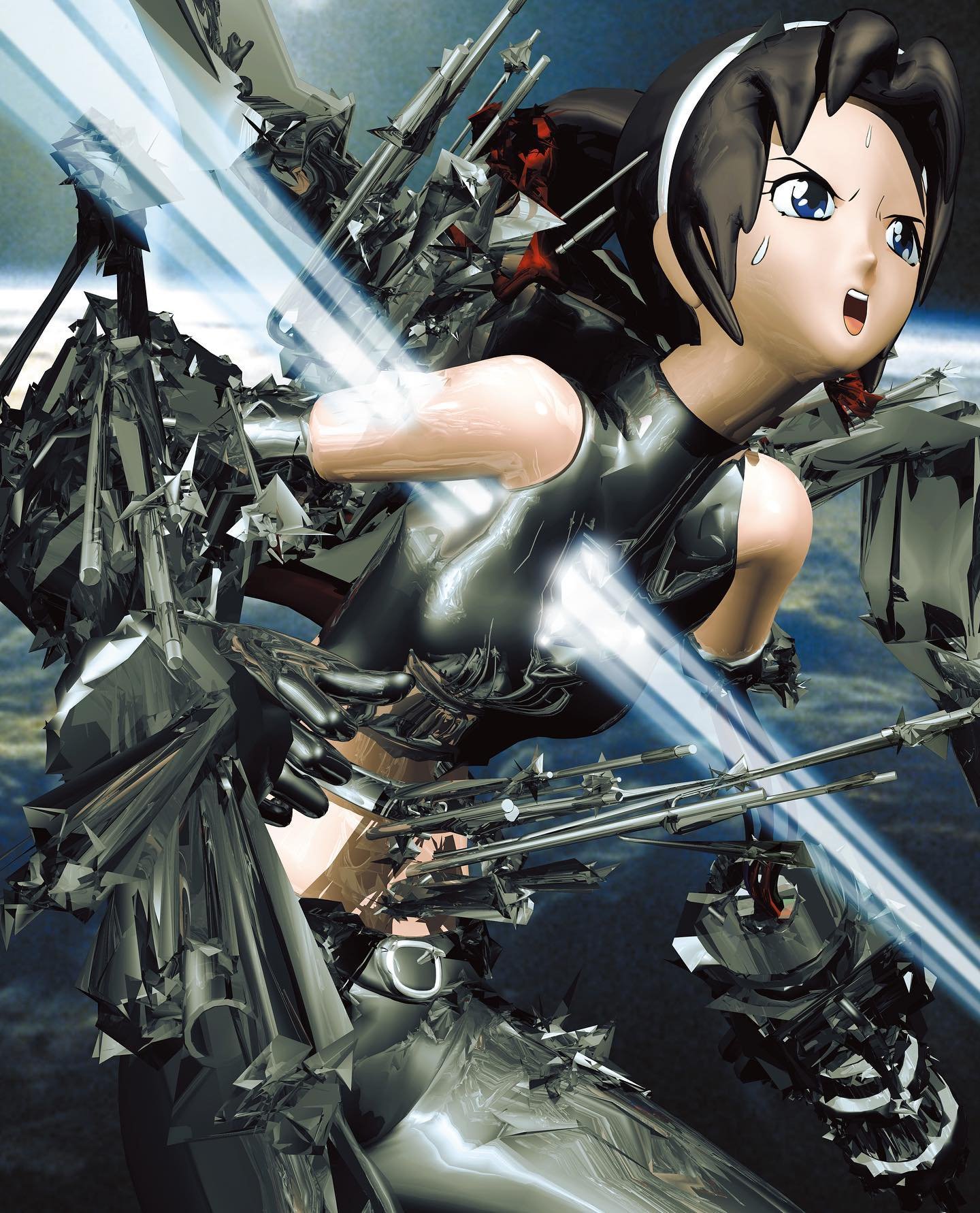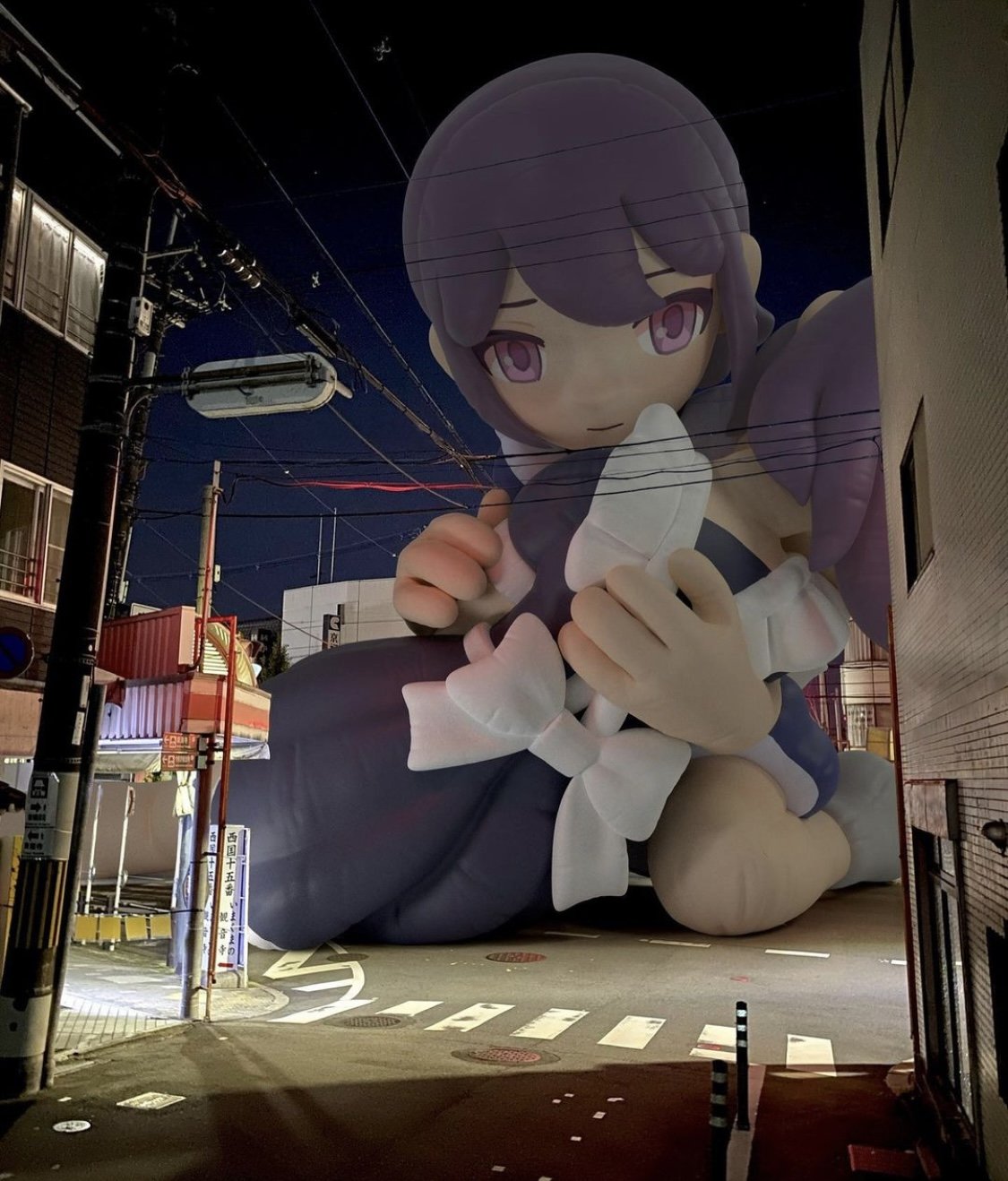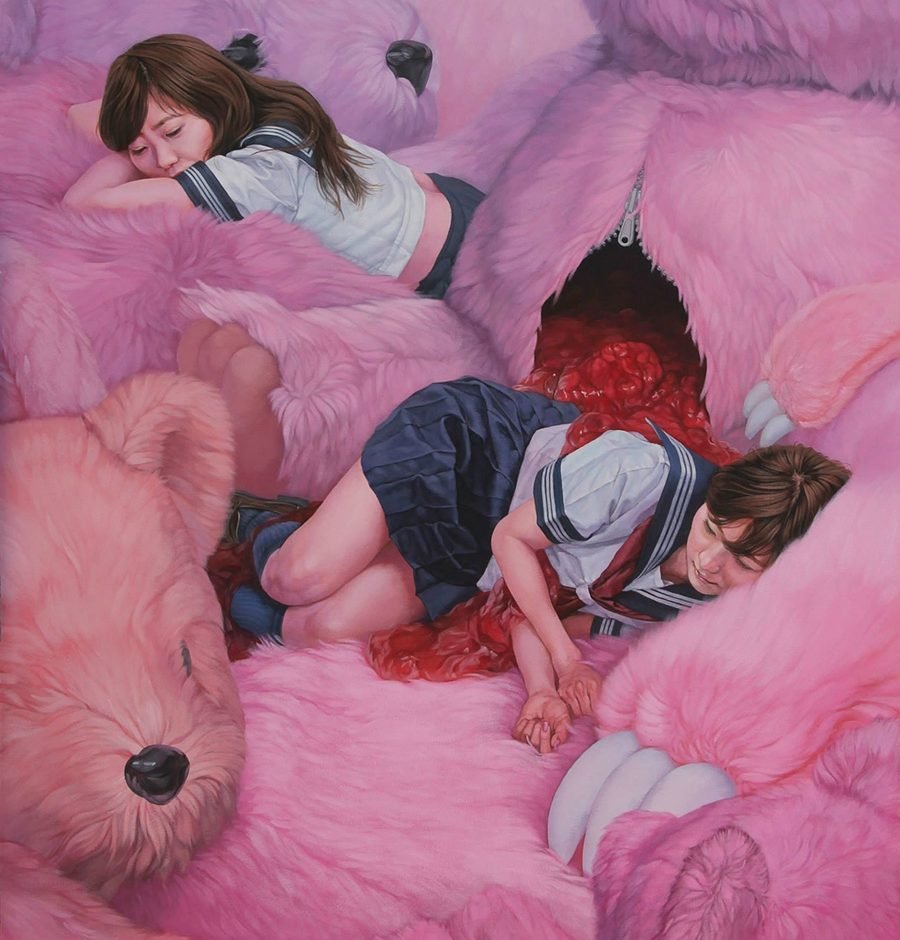A King Of Japanese Y2K: Meet Ichiro Tanida

Just like photography revolutionized the art world in the 19th century, digital art is changed the face of art in the late 20th century and is still making immense waves, extending the limits of what’s possible every day.
And, in the recent rise of Y2K as an aesthetic in fashion, media, and music, there’s no other ideal timing to give an ode to artist Ichiro Tanida aka VJ Technova.
Digital art was popularized in the 1980s, with computers getting increasingly accessible and refined to fit various needs and jobs. Although it was not as sophisticated as today, the 1990’s visual diet was full of digitalized art, or “computer drawings”. It was during this time that Tanida, a Japanese artist, started his craft.
Born in 1965, he graduated from the Toyo Institute of Art and Design in 1986. In 1992, he started his independent career and delved into painting, sculpting, and computer graphics. Notably, Tanida has an extensive body of multimedia work, but his digital art portfolio is impressive, which includes album covers for popular musicians, promotional videos, advertisements for TV, posters, and more.
Ichiro Tanida’s artistic style, when it comes to computer art, is like no other and is characteristic of the work’s period. Truly, his adaptation of real-life figures and elements into semi-fictional, cyberspace, and bold shapes and textures are one-of-a-kind and his influence is definitely resonant with contemporary digital artists.
On top of that, his incorporation of elements of Japanese culture makes it even more singular in terms of style; Tanida mixes in the aesthetic of early video games, sailor uniforms, and rigid businessmen. His characters are toy-like, with a plastic-perfect look, but what’s more striking is his use of dimensions, taking over 3D art before it was even a common thing.
All in all, Ichiro Tanida’s digital art could be compared to some of today’s sharpest AI art. With the limited control graphic design softwares offered at that time, his cyber-oeuvres reminisce of the late 90s and is the epitome of what “cool” used to be [and is today].
About the Author:
Mizuki Khoury
Born in Montreal, based in Tokyo. Sabukaru’s senior writer and works as an artist under Exit Number Five.





